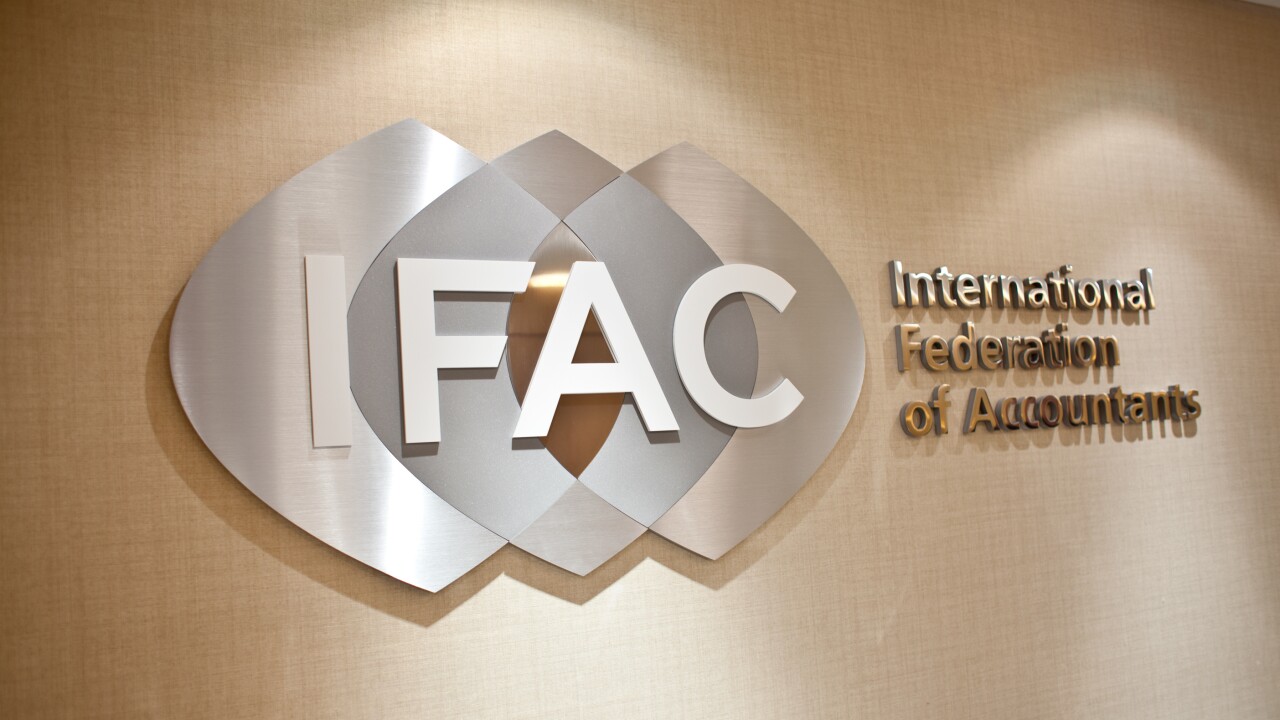New
For property placed in service beginning in 2023, a taxpayer may take a 30% credit for the total amount of certain energy-efficient products or for a home energy audit. The credit is limited to certain amounts, per taxpayer and per tax year: A taxpayer may claim up to $3,200, with a general total limit of $1,200, and a separate total limit of $2,000 for electric or natural gas heat pump water heaters, electric or natural gas heat pumps, and biomass stoves or boilers that meet certain requirements.
The $1,200 general limit includes limitations specific to certain types of qualified property: $600 for any item of qualified energy property; $600 in total for exterior windows and skylights; $250 for an exterior door; and $600 in total for exterior doors. Home energy audits are limited to $150.

Beginning in 2025, for each item of specified property placed in service, no credit will be allowed unless the item was produced by a qualified manufacturer and the taxpayer includes the PIN for the item on the taxpayer's tax return.
The guidance provides procedures and requirements that a manufacturer of specified property must follow to be treated as a qualified manufacturer, including how to register with the IRS and use product identification numbers.
Soon manufacturers will also be able to use the free IRS Energy Credits Online Portal to register with the IRS. The portal will also incorporate validation checks and other risk-mitigation measures and allow for monitoring of metrics.
The regulations generally define qualifying production activities, provide rules for the sale of eligible components to unrelated persons as well as special rules that apply to sales between related persons, and provide rules to address contract manufacturing scenarios. Also included are definitions of eligible components and rules related to calculating the credit, including eligible production costs and recordkeeping and reporting requirements.





